RLC Adobe - The Courtyard
Introduction
Text-to-speech Audio
Images
Temple's Adobe from newspaper

Tomas O Larkin Adobe
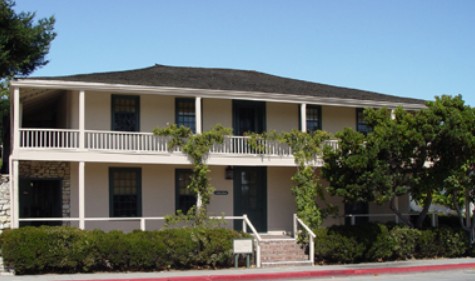
The Courtyard (1872)
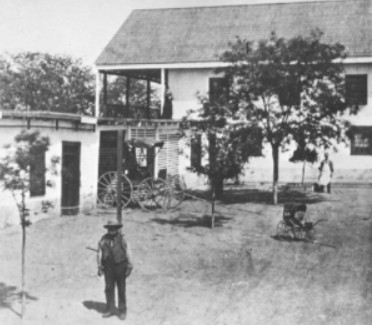
The Courtyard (1872)
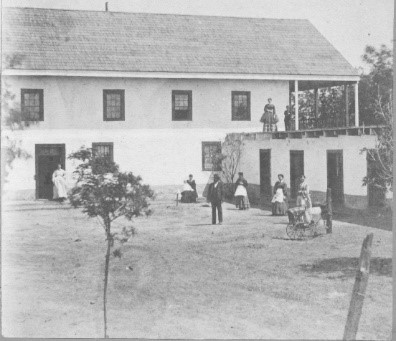
The Courtyard (1890s)
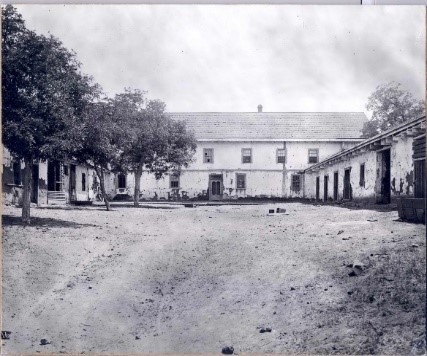
The Courtyard (1920s)
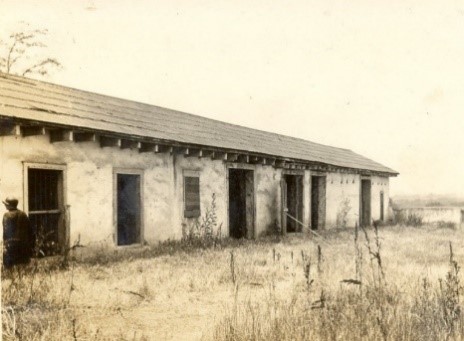
Backstory and Context
Text-to-speech Audio
A typical adobe home in Spanish/Mexican Alta California was a two-room, single-story structure built on a packed earth foundation (looking something like the RLC Visitor Center). Such an adobe had one room for sleeping and another for dining and recreational activities. Each room had a door for access and a window for light, but the rooms were not commonly connected through interior passageways and the windows were not often enclosed with glass. Thick adobe walls provided stability as well as natural air conditioning, and the structure had to be maintained with whitewash to prevent water damage. Additions could be made over time as a family’s needs and resources grew. Temple's adobe, in contrast, included at least twenty rooms!
Monterey Colonial style architecture was popularized during California’s Mexican period (1820s-1840s) by prominent immigrants who sought to combine Spanish Colonial building methods with New England style architectural features. A Monterey Colonial style adobe typically features a second story, a wrap-around porch on each level, and a low-pitch wood roof. Mission Revival style architecture became fashionable at the turn of the twentieth century (1890s-1920s) as architects drew inspiration from California’s romanticized colonial past – and especially its chain of 21 Spanish missions. While examples vary in perspective and materials, Mission Revival buildings are characterized by unadorned white adobe-like walls, red tile roofs, courtyards, and covered walkways.
